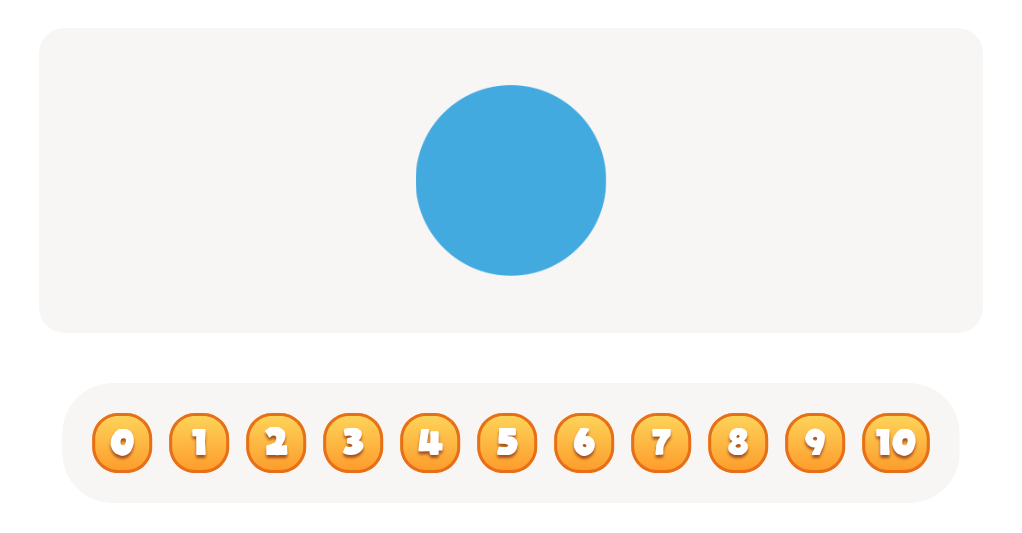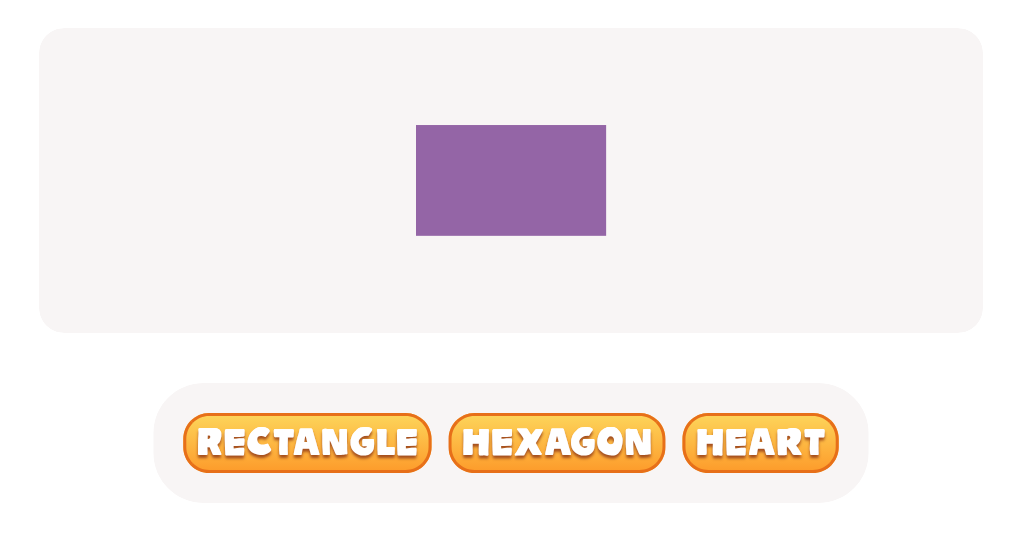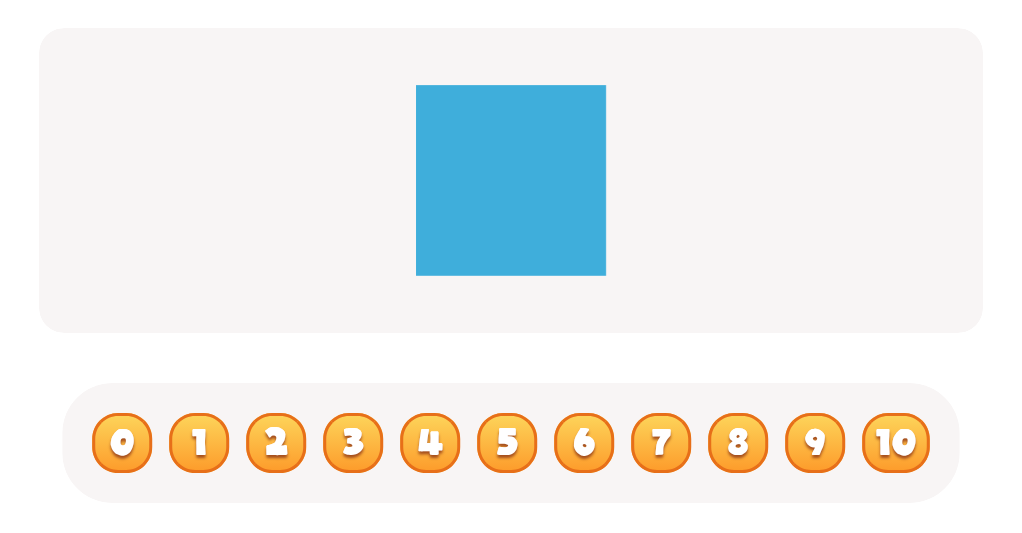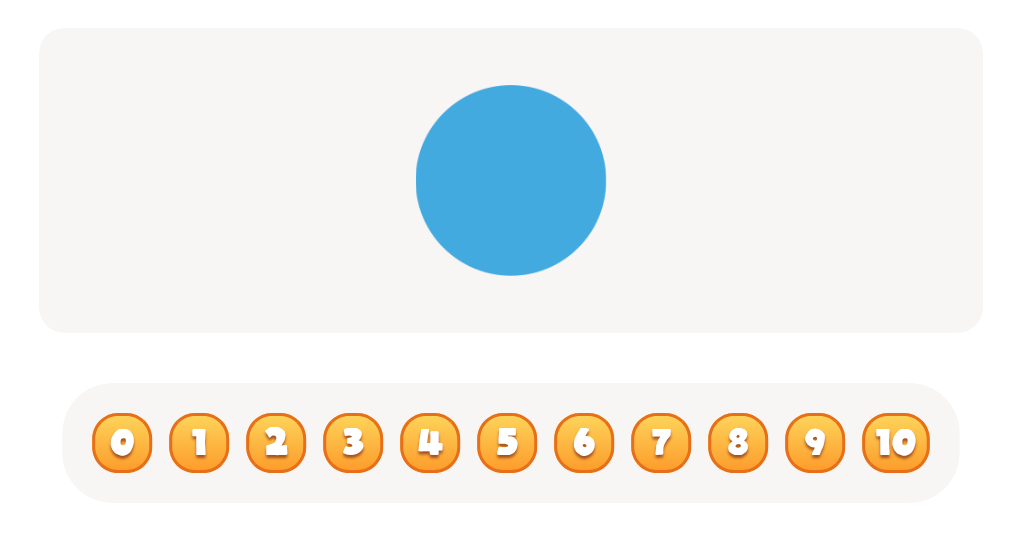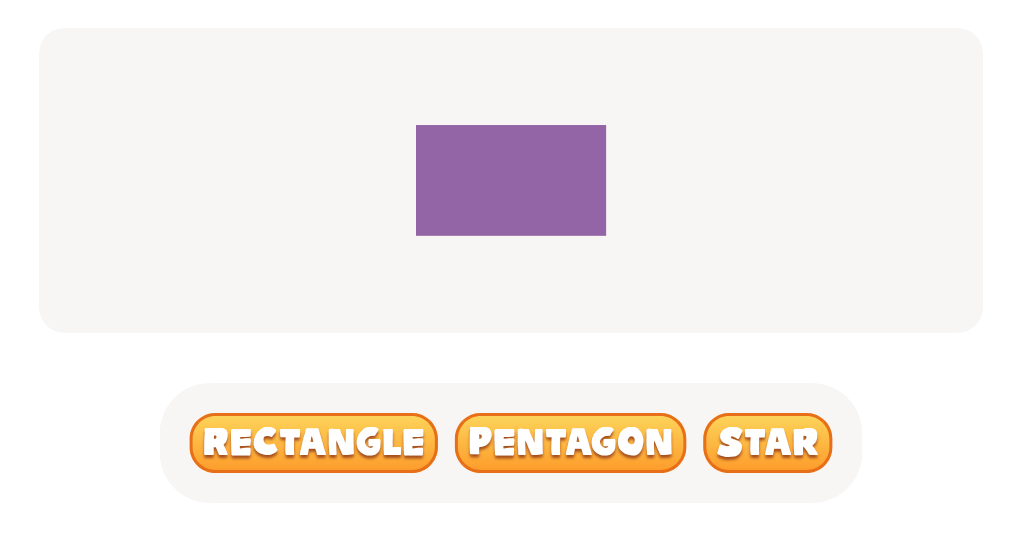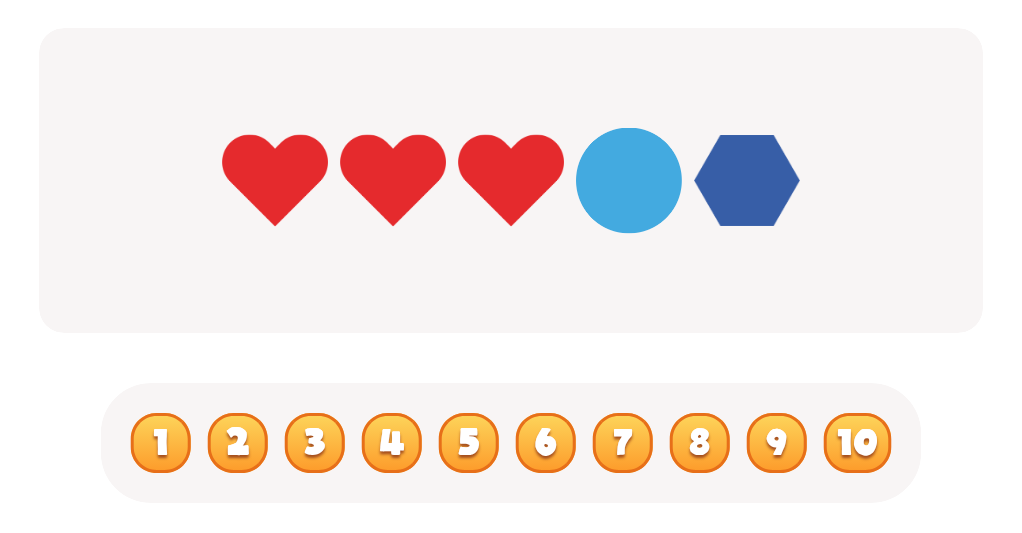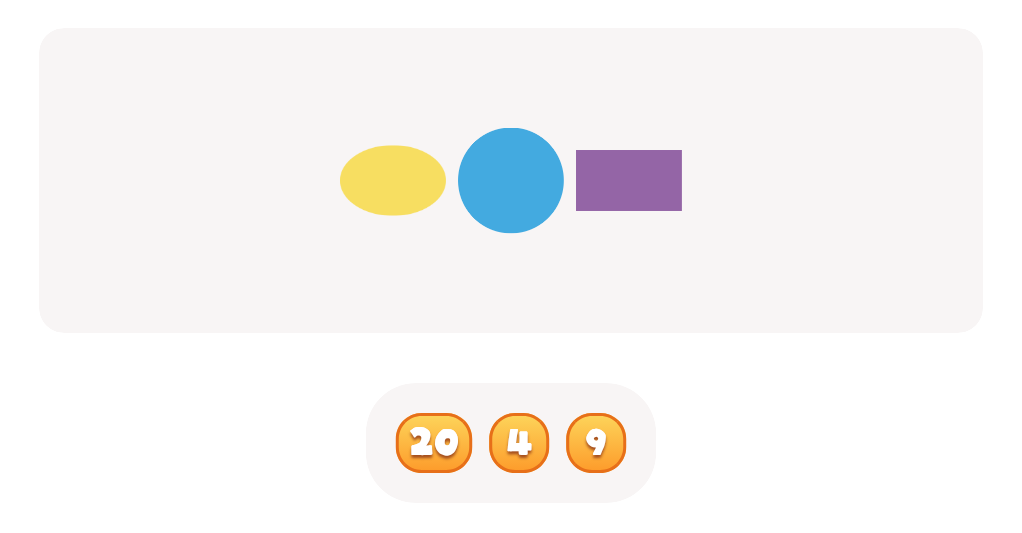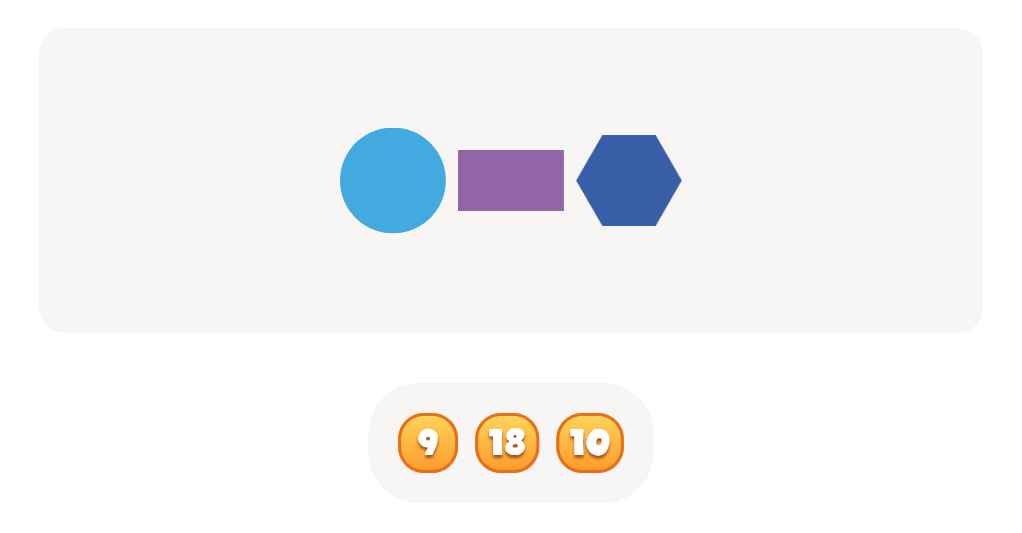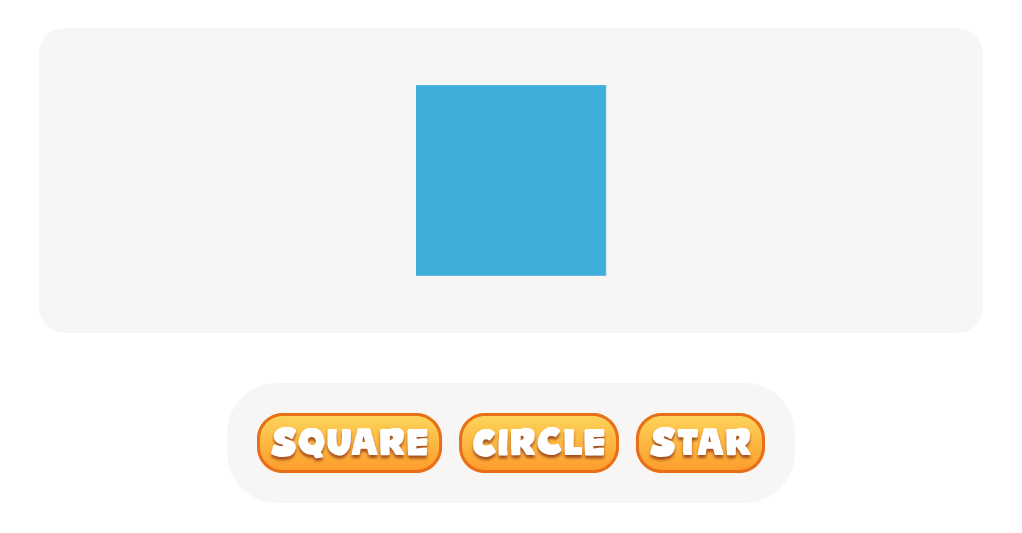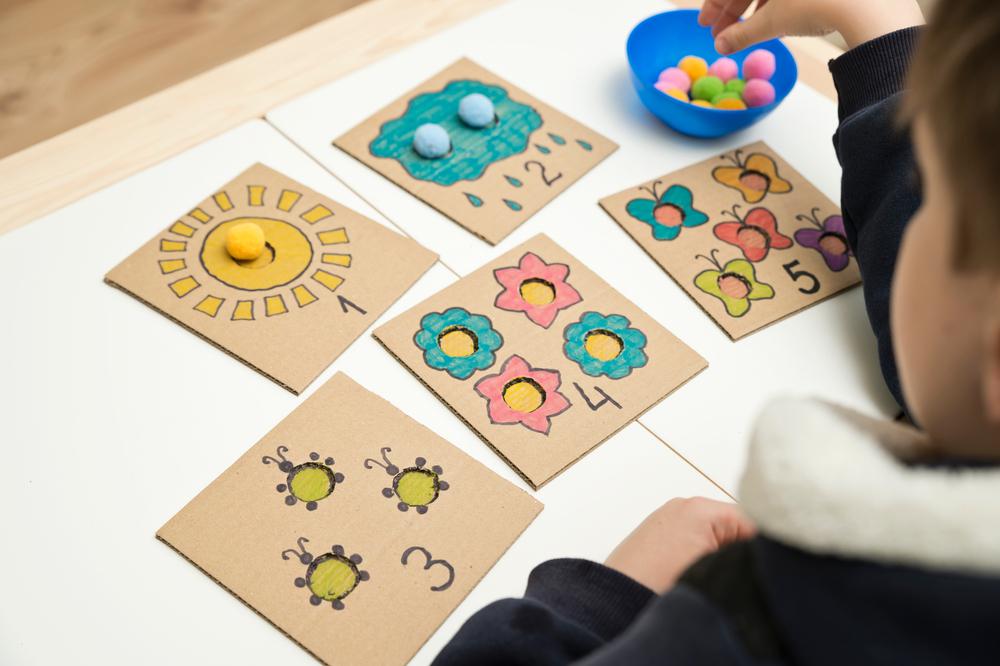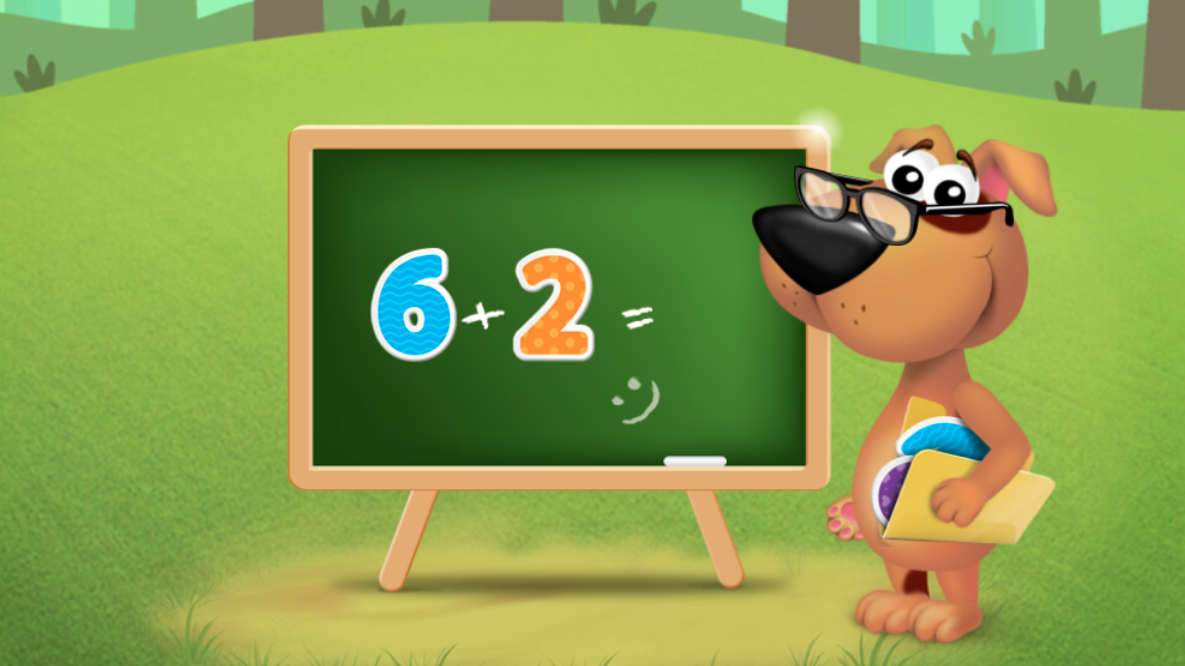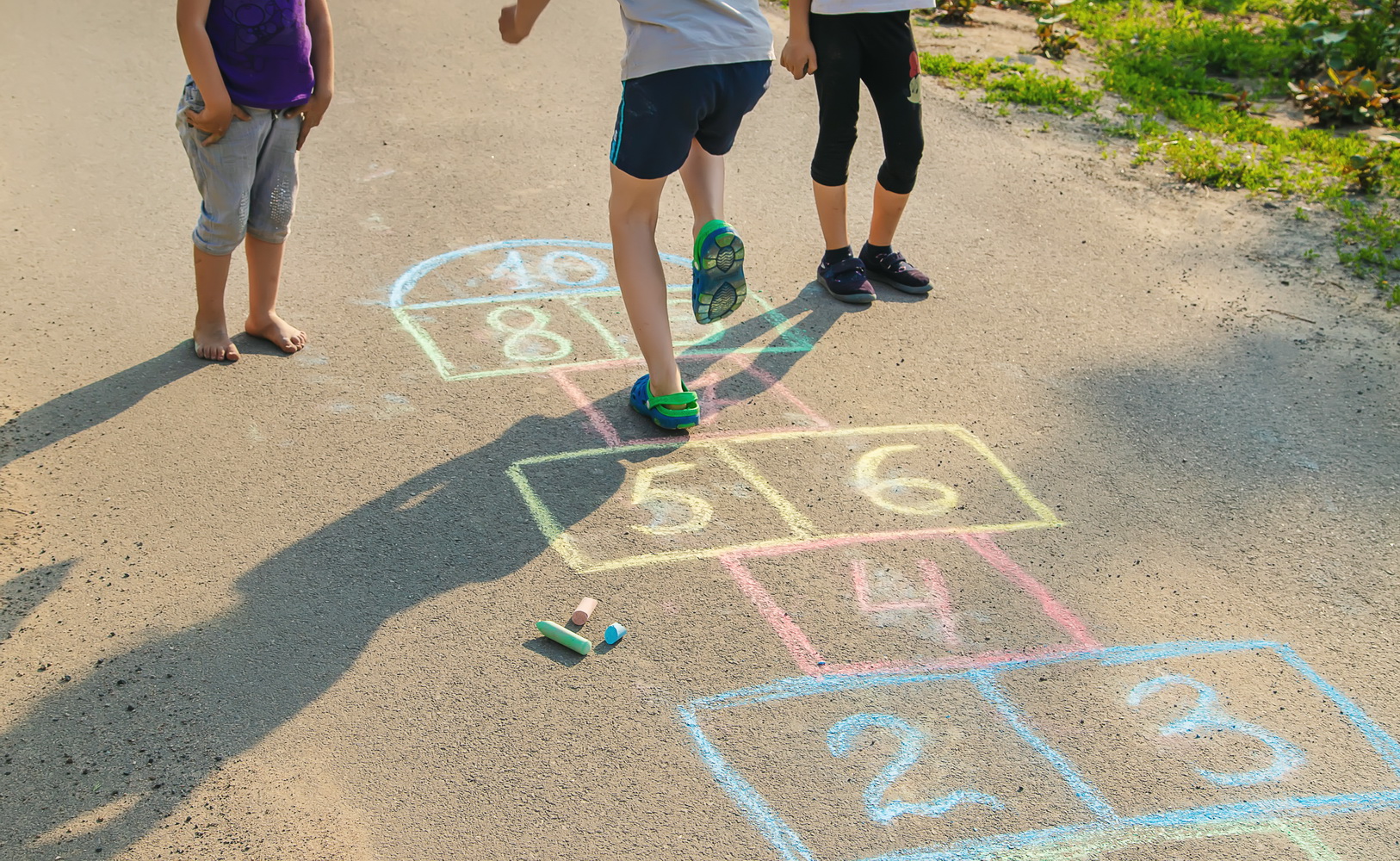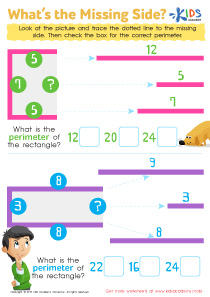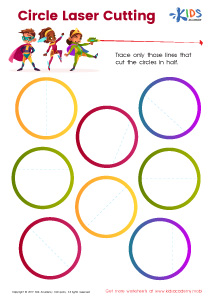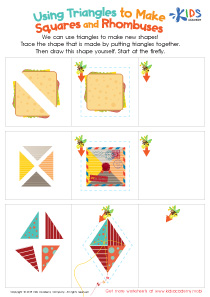Shape Recognition Normal 2D Shapes Worksheets for Ages 3-7
16 filtered results
-
From - To
Discover our engaging Shape Recognition Normal 2D Shapes Worksheets, specially designed for children aged 3-7! These interactive worksheets help young learners identify, understand, and differentiate various 2D shapes, including circles, squares, triangles, and rectangles. Perfect for early math education, our resources encourage hands-on learning through coloring, matching, and tracing activities. By integrating visual aids and fun exercises, children will develop essential shape recognition skills while enhancing their creativity and critical thinking. Ideal for parents, teachers, and homeschooling, these worksheets make learning shapes enjoyable and effective. Explore our collection now to give your child a head start in their math journey!
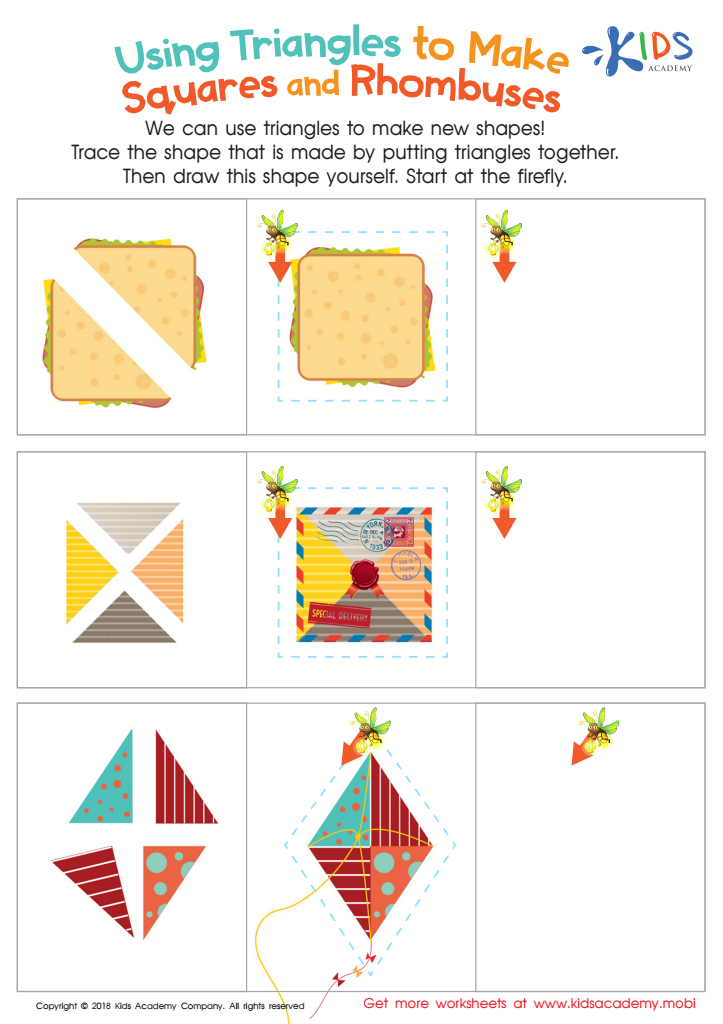

Using Triangles to Make Squares and Rhombuses Worksheet
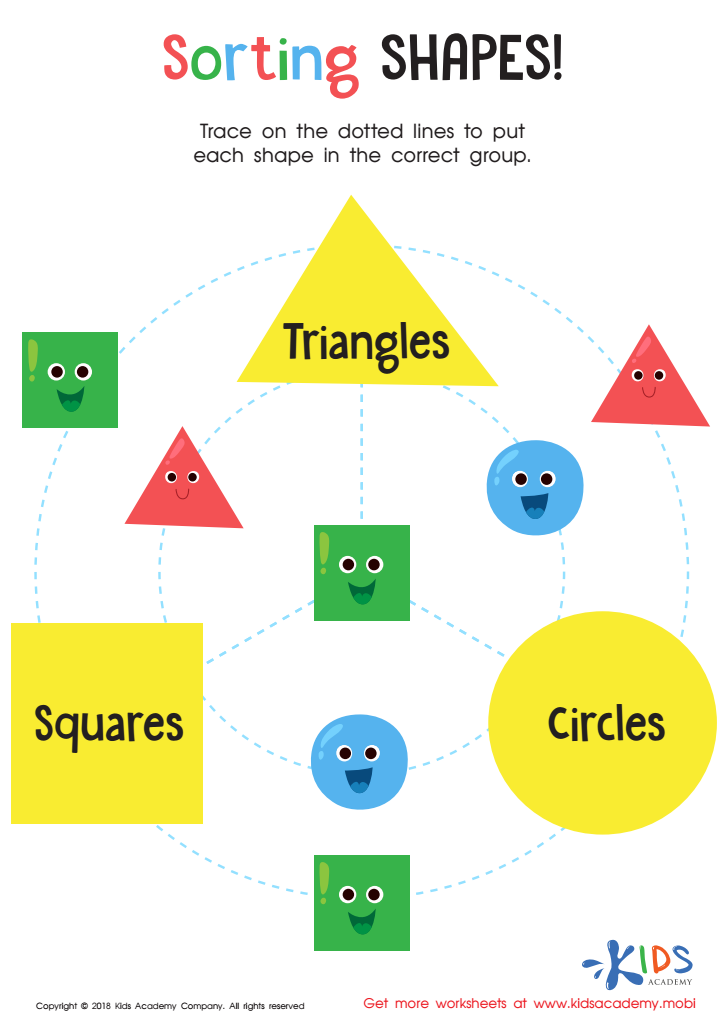

Sorting Shapes - Part 3 Worksheet
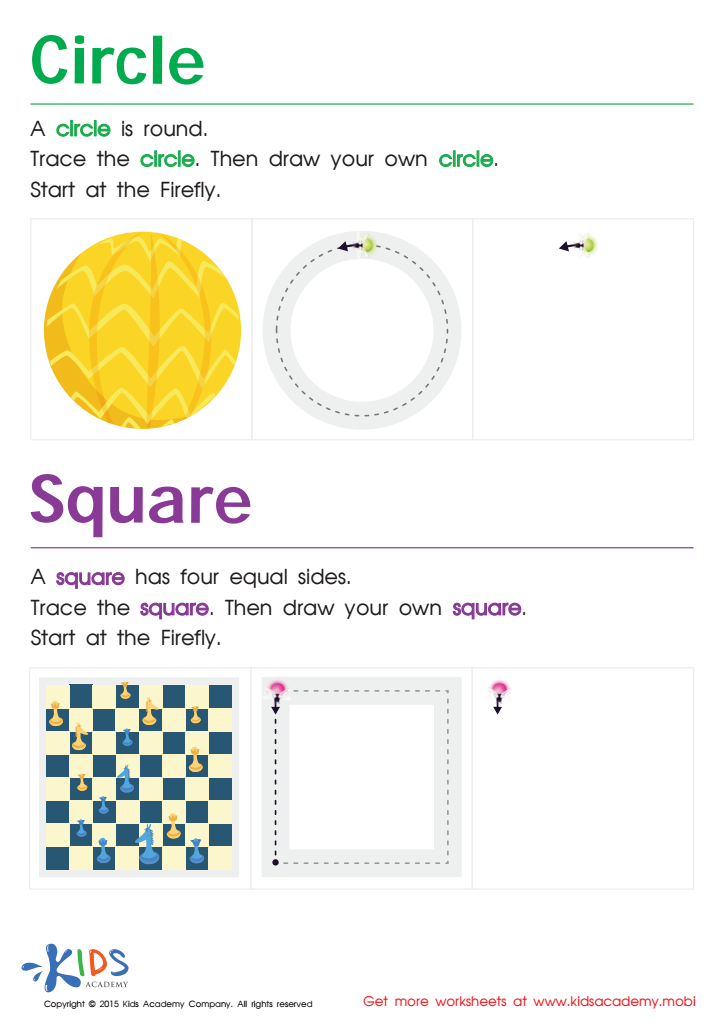

Trace And Draw a Circle And a Square Worksheet
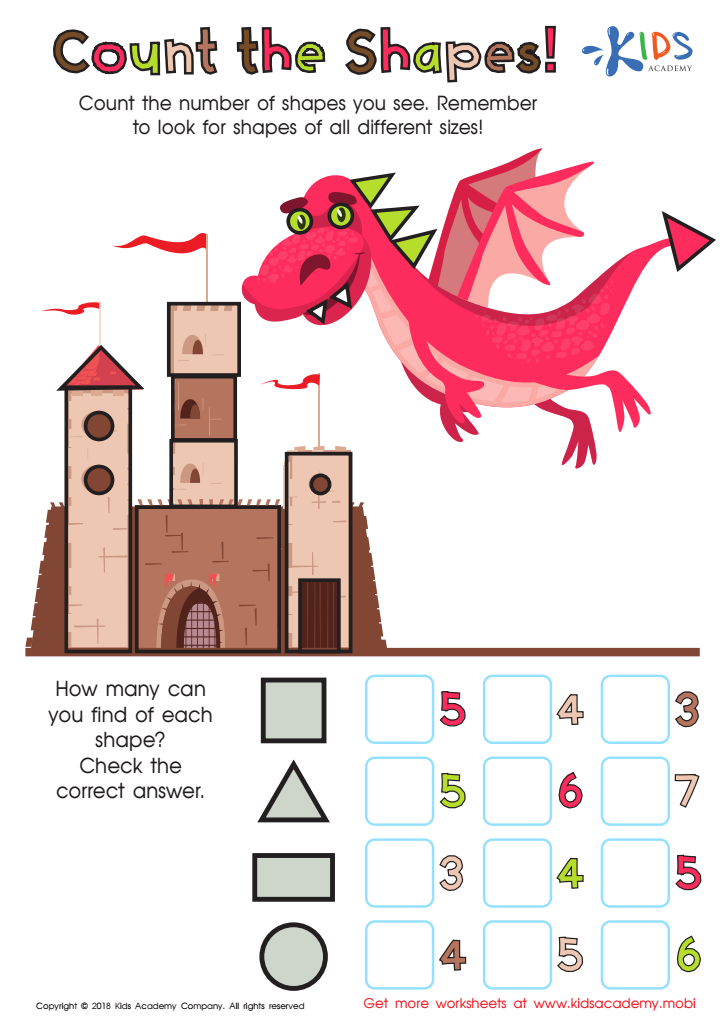

Count the Shapes Worksheet
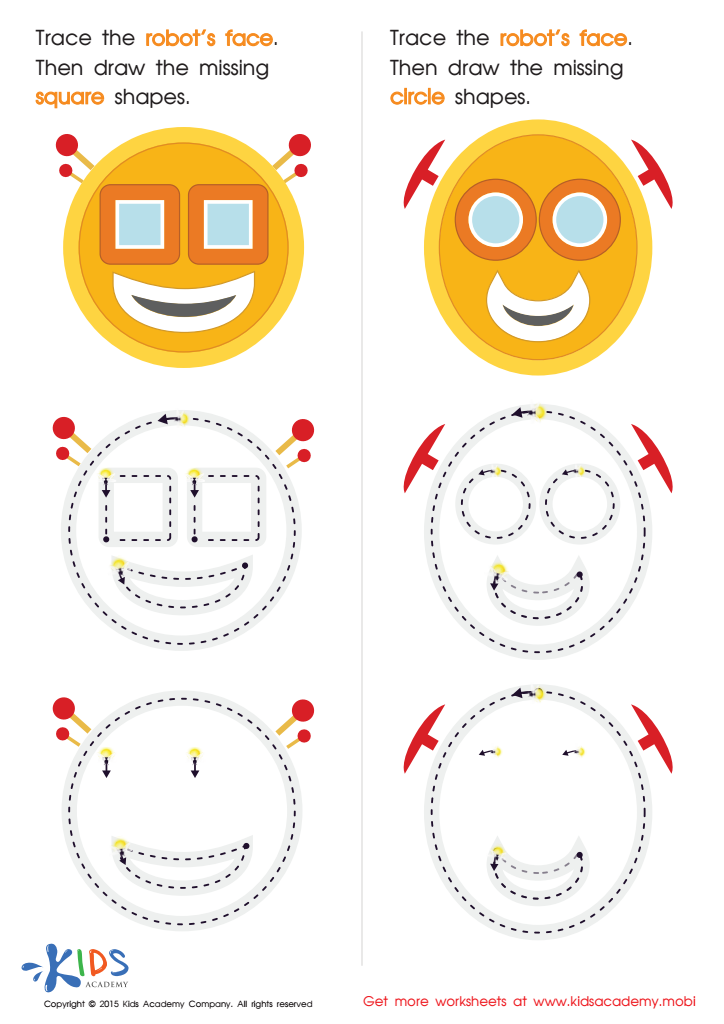

Practicing to Draw Circles And Squares Printable
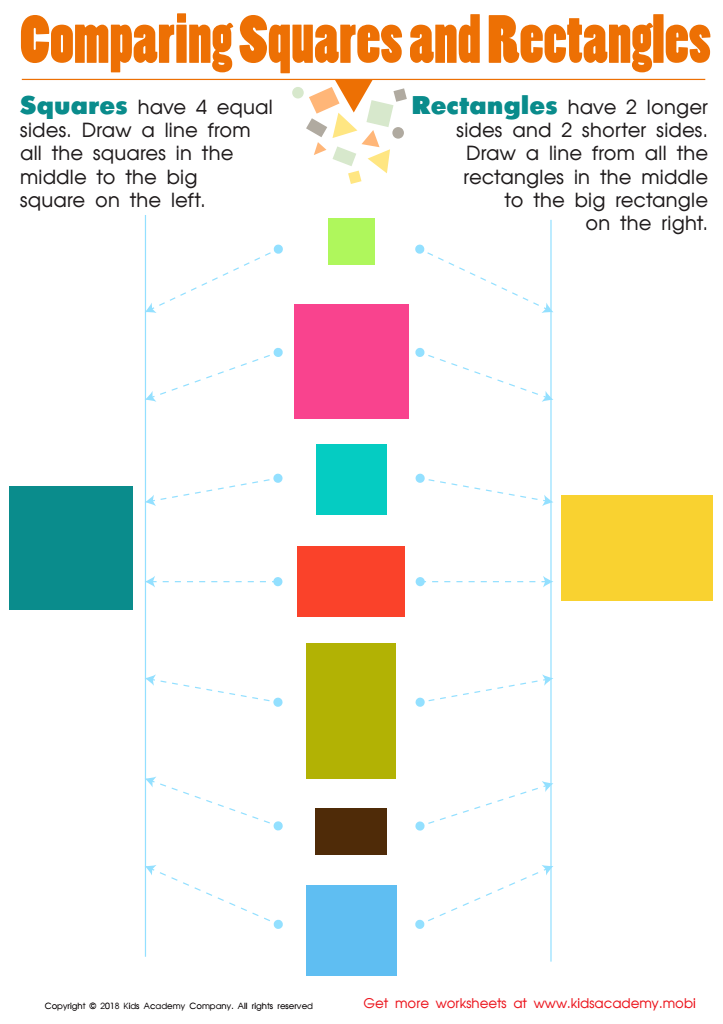

Comparing Squares Rectangles Worksheet
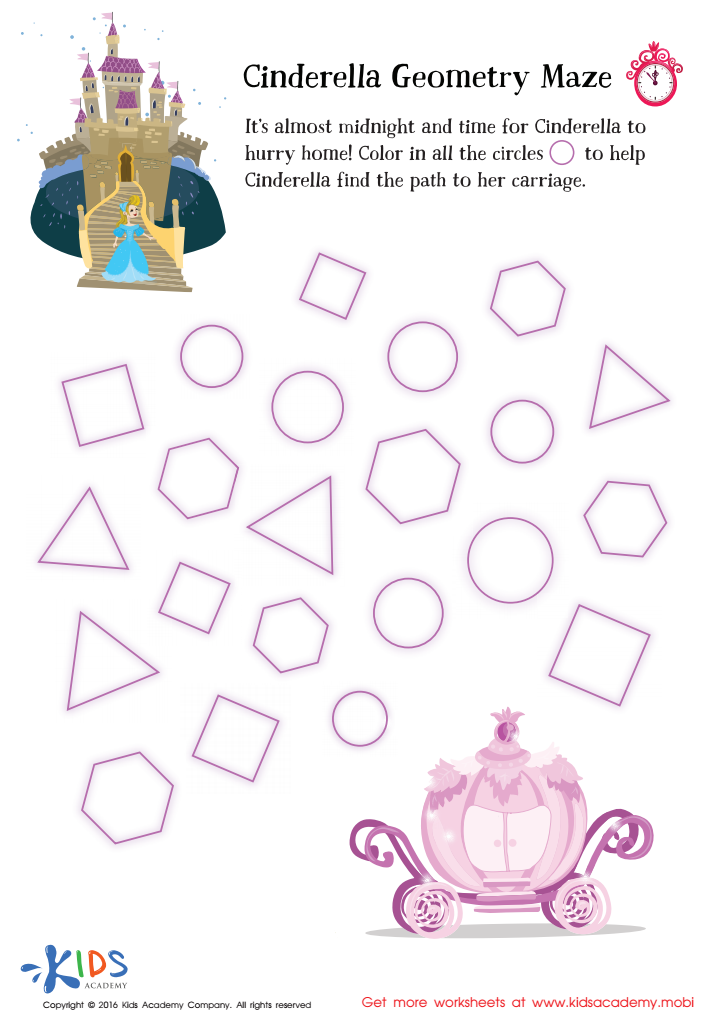

Cinderella Geometry Maze Worksheet
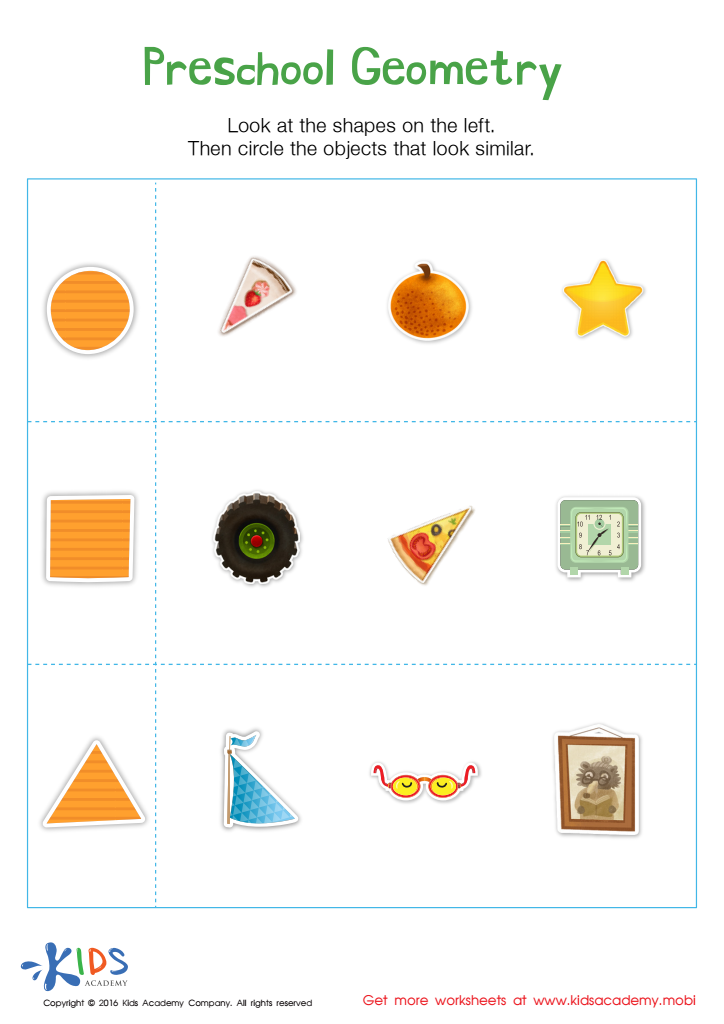

Preschool Geometry Match Up Worksheet
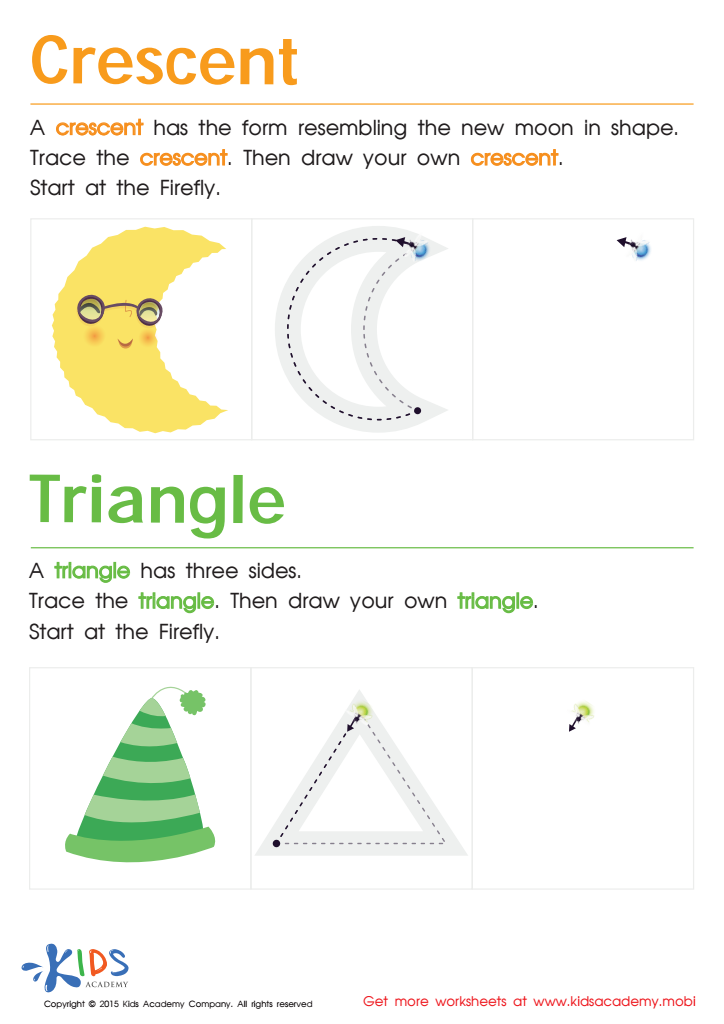

Learning to Draw Crescents And Triangles Worksheet
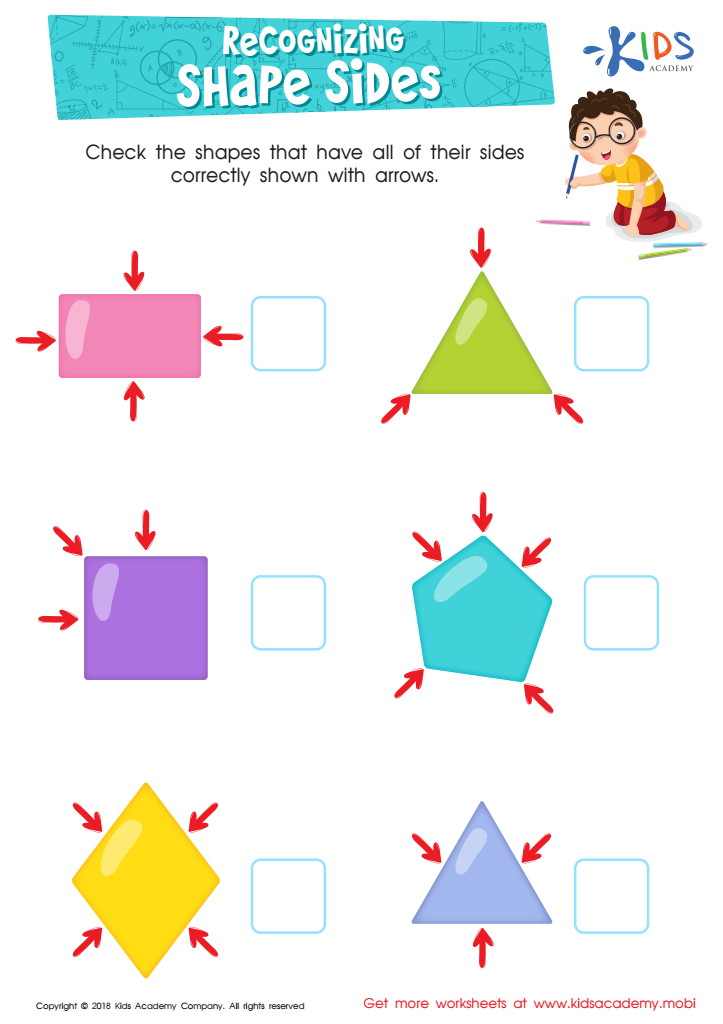

Recognizing Shape Sides Worksheet
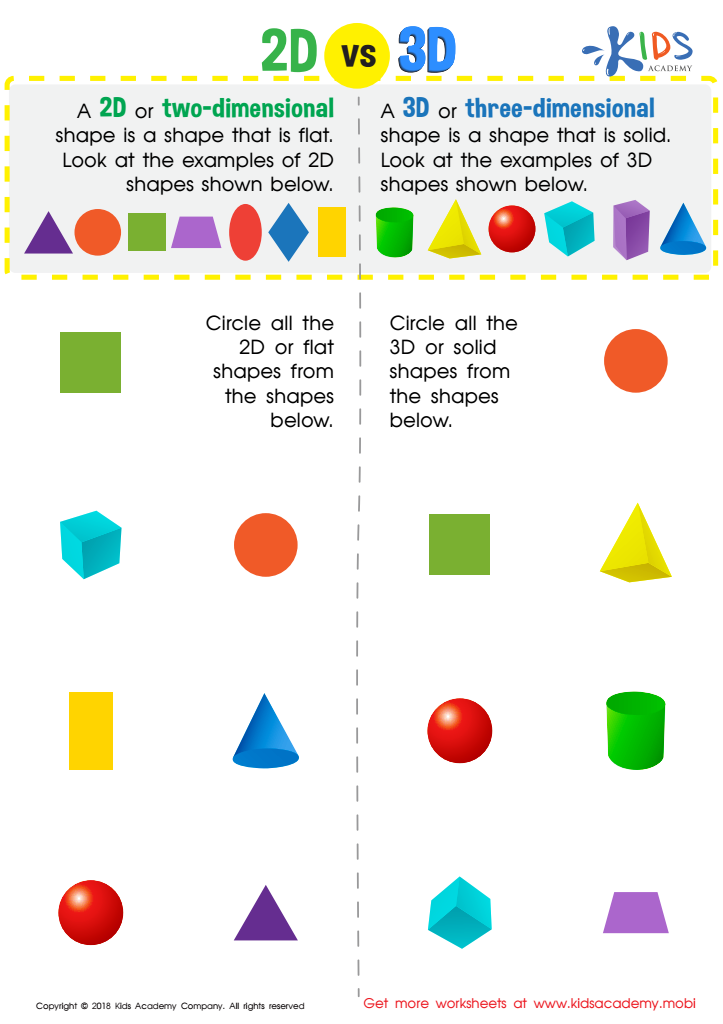

2D vs 3D Shapes Worksheet
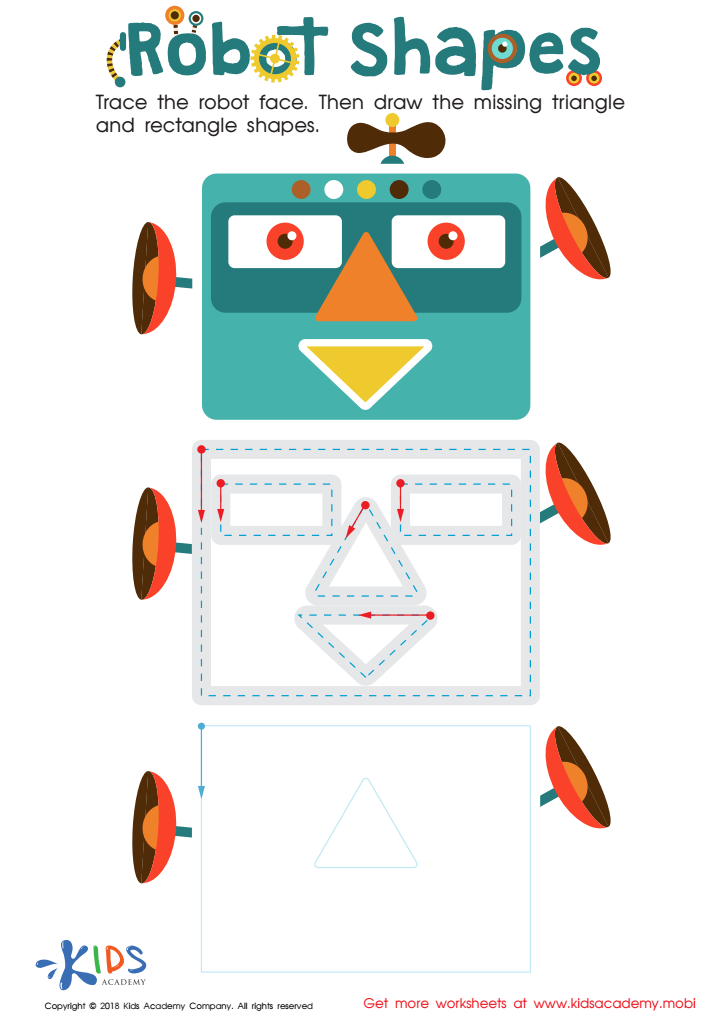

Robot Shapes Worksheet
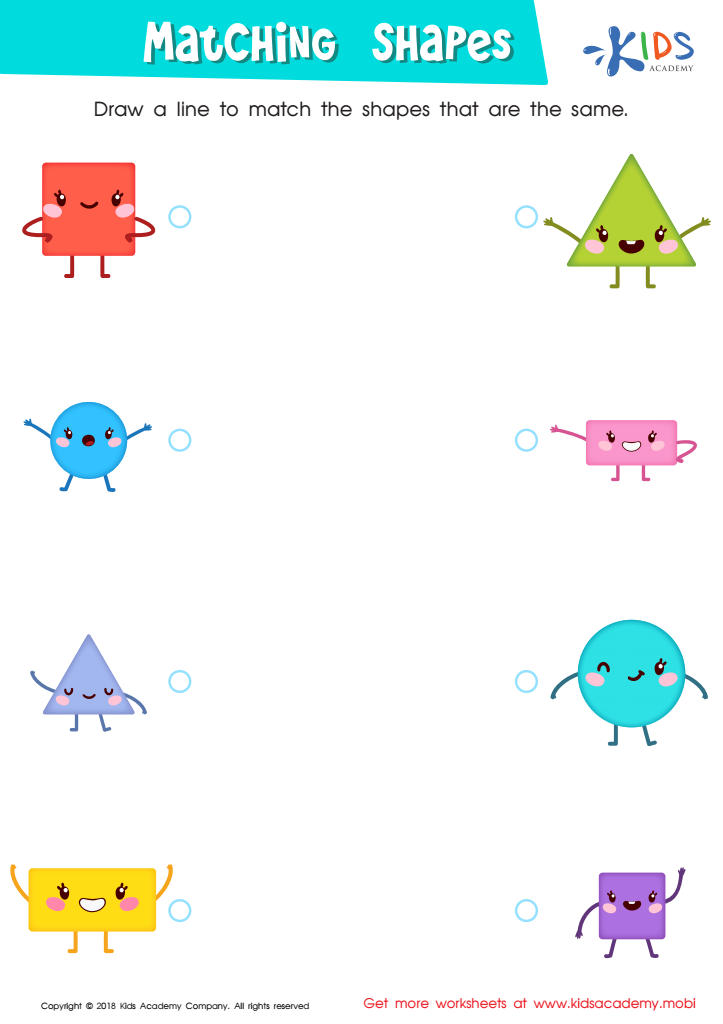

Matching Shapes Worksheet
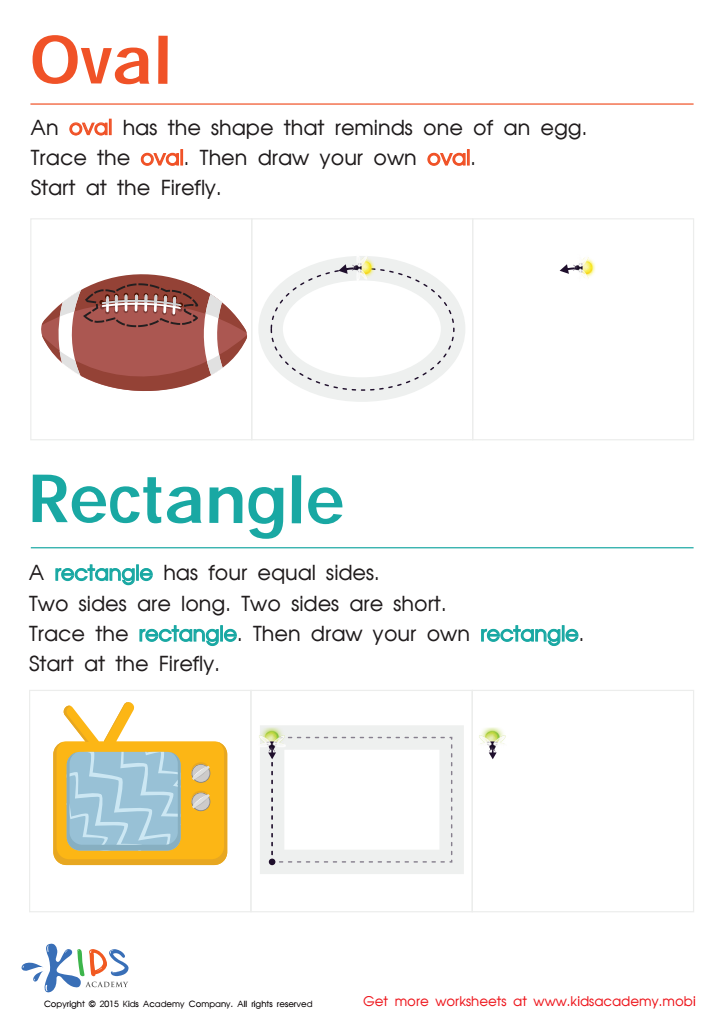

Easy Drawing of Ovals And Rectangles Worksheet
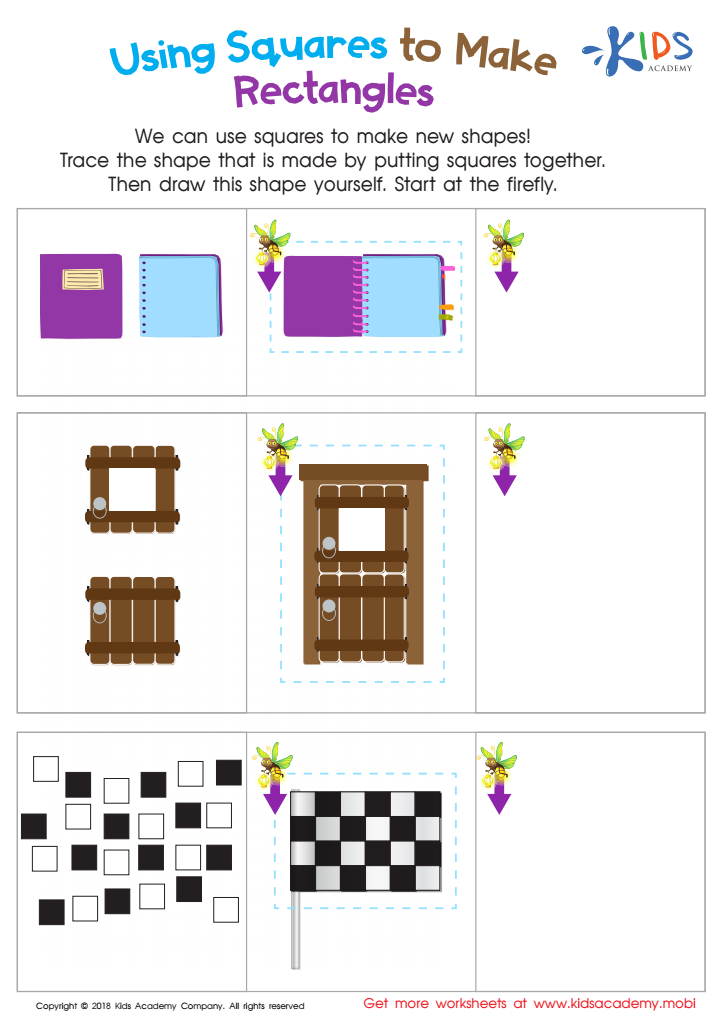

Using Squares to Make Rectangles Worksheet
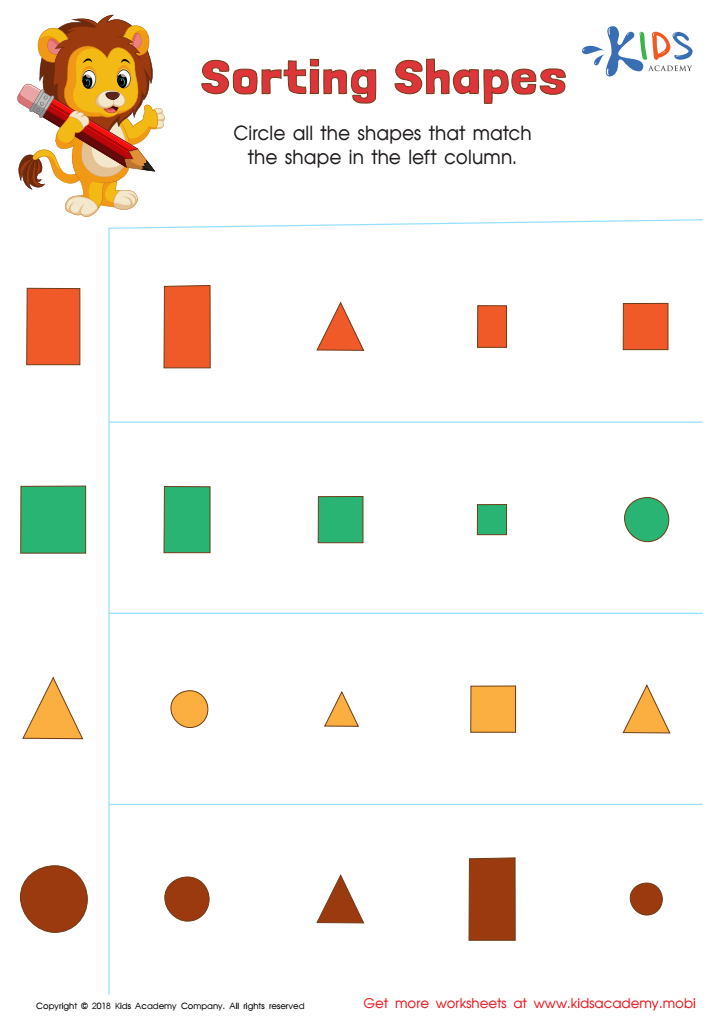

Sorting Shapes - Part 2 Worksheet
Shape recognition is a fundamental building block in early childhood education, particularly for children aged 3-7. Understanding and identifying normal 2D shapes, such as circles, squares, and triangles, is crucial for a variety of developmental reasons.
Firstly, shape recognition enhances cognitive skills, promoting critical thinking and problem-solving abilities. When children identify shapes, they engage in observation and comparison, foundational skills required for mathematics and science. Additionally, shapes are omnipresent in our environment, making it essential for children to recognize and categorize what they see.
Moreover, developing shape recognition supports fine motor skills as children manipulate objects during hands-on learning activities, such as drawing, cutting, and constructing. These activities boost coordination and dexterity, essential for later tasks like writing.
From a social perspective, group activities centered on shapes can foster teamwork and communication skills. Children learn to express their ideas and listen to others while engaging in collaborative games or projects.
Ultimately, helping young learners master shape recognition paves the way for academic success, enhances physical abilities, and nurtures social skills, making it a vital focus for parents and educators alike. Investing time in this area yields long-term benefits for children's holistic development.

 Assign to My Students
Assign to My Students
